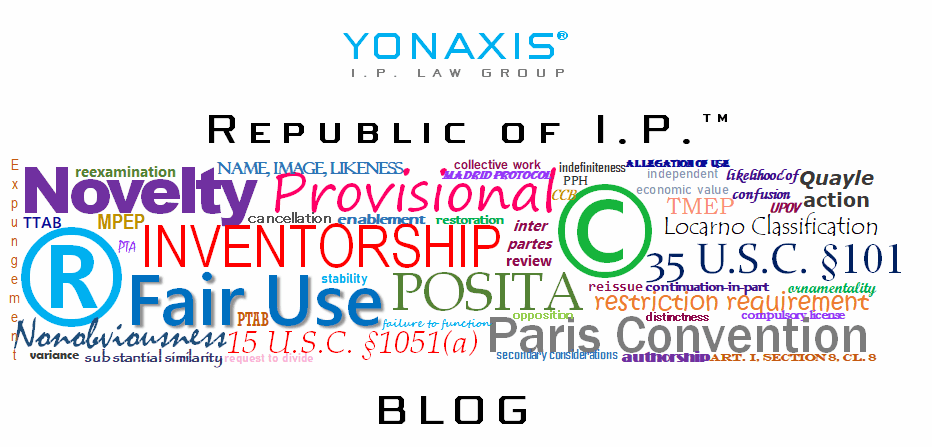The zone of interest test is a component of the standing analysis in trademark litigation, serving as a gatekeeper to determine which parties may pursue claims under the federal Lanham Act. This doctrine, refined through U.S. Supreme Court and Federal Circuit decisions, continues to shape the landscape of intellectual property disputes.
Lexmark
In Lexmark International Inc. v. Static Control Components, Inc.,1 the Supreme Court fundamentally restructured standing requirements for Lanham Act claims. The Court held that to establish constitutional Article III standing, a plaintiff must demonstrate that their alleged injury falls within the “zone of interests” protected by the statute they seek to invoke.
The Lexmark decision established a two-pronged test for standing under the Lanham Act. First, the plaintiff must satisfy the traditional Article III standing requirements by showing an injury-in-fact that is concrete, particularized, and traceable to the defendant’s conduct. Second, the plaintiff must demonstrate that their injury falls within the zone of interests protected by the relevant provision of the Lanham Act—essentially showing that they are among the class of plaintiffs whom Congress authorized to sue under the statute.
Refining Lexmark with Corcamore
The Federal Circuit’s decision in Corcamore, LLC v. SFM LLC,2 clarified how the zone of interest test applies in practice. In Corcamore, the court addressed whether a party could establish standing to challenge trademark applications when they claimed their own trademark rights would be harmed by the registration.
The Corcamore decision emphasized that the zone of interest inquiry is not merely a formalistic exercise but requires substantive analysis of the relationship between the plaintiff’s alleged injury and the interests that the Lanham Act was designed to protect. The court reinforced that trademark law primarily exists to protect consumers from confusion and to safeguard the commercial interests of trademark holders, and standing analysis must be grounded in these core purposes.
The Doctrine of Standing
Constitutional standing serves as a fundamental limitation on federal court jurisdiction, ensuring that courts hear only those disputes involving parties with a genuine stake in the outcome. Article III requires that plaintiffs demonstrate: (1) an injury-in-fact that is concrete and particularized; (2) causation linking the injury to the defendant’s conduct; and (3) redressability through judicial relief.
Beyond these constitutional requirements, courts have traditionally applied prudential standing limitations, including the zone of interest test. However, the Supreme Court’s recent jurisprudence has suggested that many of these “prudential” limitations are actually statutory interpretation questions rather than judge-made doctrines, leading to the approach exemplified in Lexmark.
In the trademark context, standing analysis must account for the specific harms that trademark law addresses: consumer confusion, dilution of distinctive marks, and unfair competition. Plaintiffs must demonstrate that their alleged injuries align with these statutory purposes rather than seeking to redress more generalized commercial harms.
Relevant Case Law
In Empresa Cubana de Tabaco v. General Cigar Co.,3 the Federal Circuit applied Lexmark‘s framework shortly after the Supreme Court’s decision, emphasizing that competitors must show a reasonable interest in being free from unfair competition to establish standing under Section 43(a) of the Lanham Act.
In Conte Bros. Automotive, Inc. v. Quaker State-Slick 50, Inc.,4 though predating Lexmark, remains influential for its analysis of when automotive service providers have standing to challenge allegedly false advertising by oil companies, demonstrating the type of competitive relationship that can satisfy zone of interest requirements.
In Curtin v. United Trademark Holdings, Inc.,5 the Federal Circuit affirmed the TTAB holding that a mere purchaser of toy dolls lacks adequate standing to oppose registration of RAPUNZEL for Class 28 dolls and toy figures. The Federal Circuit found that the purchaser/opposer did not suffer an economic or reputational injury that would result from the registration of RAPUNZEL. Rather, a nondescript member of the public with an abstract concern about the lack of marketplace competition that would occur if RAPUNZEL were to be registered lacks sufficient proximate causation as a commercial actor if RAPUNZEL was indeed registered. Curtin has re-centered the zone of interest analysis to an actor who actually has a tangible economic injury resulting from a mark’s registration.
Takeaways
The zone of interests test serves important policy functions by preventing trademark law from becoming a general vehicle for addressing all forms of commercial disputes while ensuring that those parties genuinely harmed by trademark violations retain access to federal courts. As the Federal Circuit and district courts continue to apply Lexmark and Corcamore, practitioners must carefully analyze not only their clients’ injuries but also whether those injuries align with the core purposes of trademark protection.
For more information on the zone of interest test, trademark law, or intellectual property, please contact Yonaxis I.P. Law Group.
